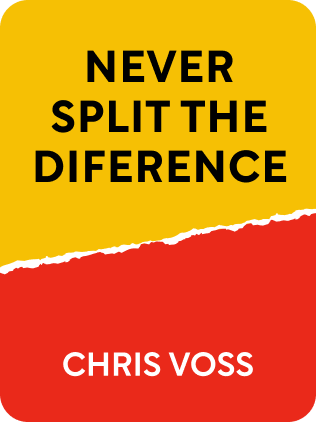

This article is an excerpt from the Shortform book guide to "Never Split the Difference" by Chris Voss and Tahl Raz. Shortform has the world's best summaries and analyses of books you should be reading.
Like this article? Sign up for a free trial here .
What do we mean when we talk about a fair negotiation? And is there such a thing as an objectively fair outcome?
People are powerfully guided by their expectations of a fair negotiation. This can mean three different things—two of them are underhanded tricks, and one sets the stage for open negotiation.
Read about fair negotiation and what it means.
A Fair Negotiation
People’s quest for fairness and their desire to reject unfairness can lead them to irrational choices. Knowing this can be a powerful advantage for you in negotiating.
What do we really mean when we talk about a fair negotiation? In negotiations, there are actually three uses of the term:
- The first is meant to destabilize the other side. When you hear things like, “I just want what’s fair,” that’s what they’re doing. The goal is to trigger defensiveness and a willingness to concede, because no one wants to be perceived as being unfair or unreasonable.
- The second is when we accuse the other side of being either too dense or dishonest to recognize a fair offer. When someone says, “We’ve made you a fair offer,” they’re doing this. It’s meant to manipulate you into accepting their terms by playing on your innate desire to be fair and reasonable.
- You should respond by mirroring and turning it back on them by saying, “You say your offer is fair. It seems like you’ve got some pretty good evidence to back that up.” This will force them to divulge more information to you, which will you give you deeper insight into their true negotiating position.
- The third one sets the stage for empathy and honesty: “I want you to feel that you’re being treated fairly. Stop me if you feel you’re not.” This sets the stage for open, honest, and empathetic negotiation.
Fairness in Action: The Proposer/Accepter Game
The Proposer/Accepter Exercise is an excellent illustration of the perception of fairness in a negotiation. You start by splitting the class into two groups, each consisting of a “Proposer” and an “Accepter.” At the start of the exercise, the Proposer is given $10 and the Accepter is given $0. They are tasked with working out an arrangement to divide the money between them in round dollar increments. They both get nothing if they cannot agree on an allocation of the money.
What’s instructive is how wildly divergent everyone’s notion of what a “fair” split is. No particular split gets chosen more than any other.
With an exception—there are very few $9/$1 Proposer/Accepter splits, even though this is the most “rational” division. After all, it’s the split most favorable to the Proposer and it’s still $1 more than the Accepter has before the game starts: it actually would be a classic “win-win.” That no one chooses this is an elegant demonstration of how negotiation is driven more by people’s subjective and emotional notions of fairness than of any sort of rational best-interest calculation.

———End of Preview———
Like what you just read? Read the rest of the world's best book summary and analysis of Chris Voss and Tahl Raz's "Never Split the Difference" at Shortform .
Here's what you'll find in our full Never Split the Difference summary :
- Lessons learned from years as an FBI hostage negotiator
- Why negotiation is about emotional appeals, not rational ones
- The 5 methods for tactical empathy, which gets you what you want by focusing on the other person's feelings






